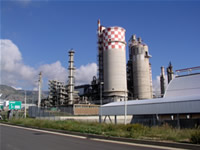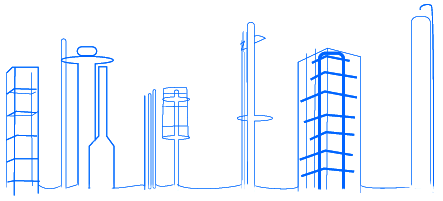
|
|||||||||||||||||||||||||
| The Advantages of Relocating A Plant | |||||||||||||||||||||||||
In the present period of high engineering and equipment costs it is often advisable to examine the possibility of relocating existing plants. Plants which are most susceptible to relocation must conform to the following criteria:
Ammonia, methanol and nitric acid plants are those which most fulfill these criteria. On the contrary it is generally not economic to relocate complete refineries because of the high carbon steel content and the difficulty in salvaging large heaters. However refinery units can be relocated in particular hydro-desulphurisation units and catalytic reformers. In the case of ammonia, methanol and nitric acid plants the relocated plant completely refurbished will in general cost 60%-65% of the cost of a new plant and be completed in a shorter time. This depends on the sales price of the existing plant, or its depreciated value “ as is, were is” being not more than 5% of the cost of a new plant. This also presupposes that the owner of the existing plant or the Seller will be responsible for the removal of all toxic substances, in particular asbestos. The management of the match marking dismantling shipping and re-erection together with any necessary revamping and refurbishment should be handled by specialist supervision, which CPI can provide, to ensure the lowest cost. In general it is not an activity that a major contractor can quote economically on a a lump sum basis. |
|||||||||||||||||||||||||
 |
|||||||||||||||||||||||||
 |